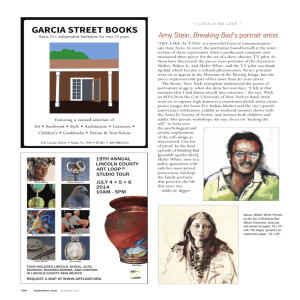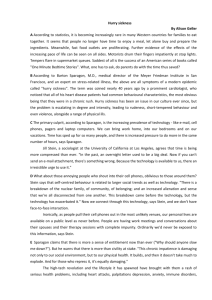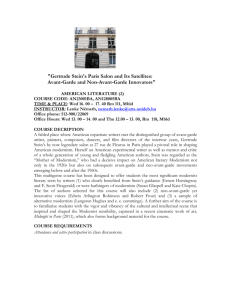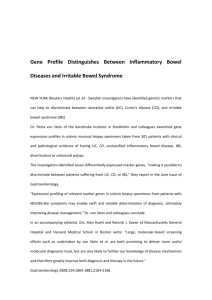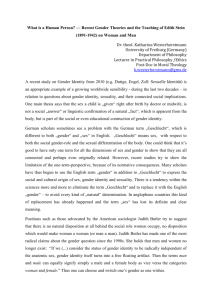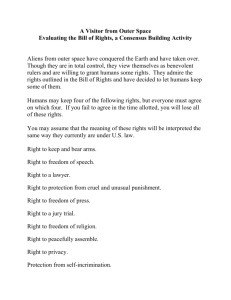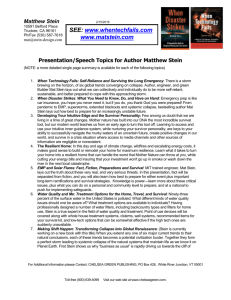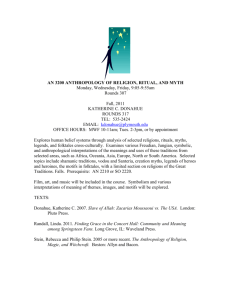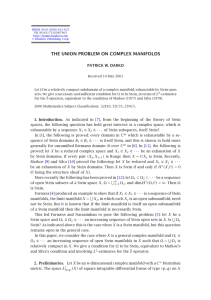Political Institutions, Policymaking Processes and
advertisement
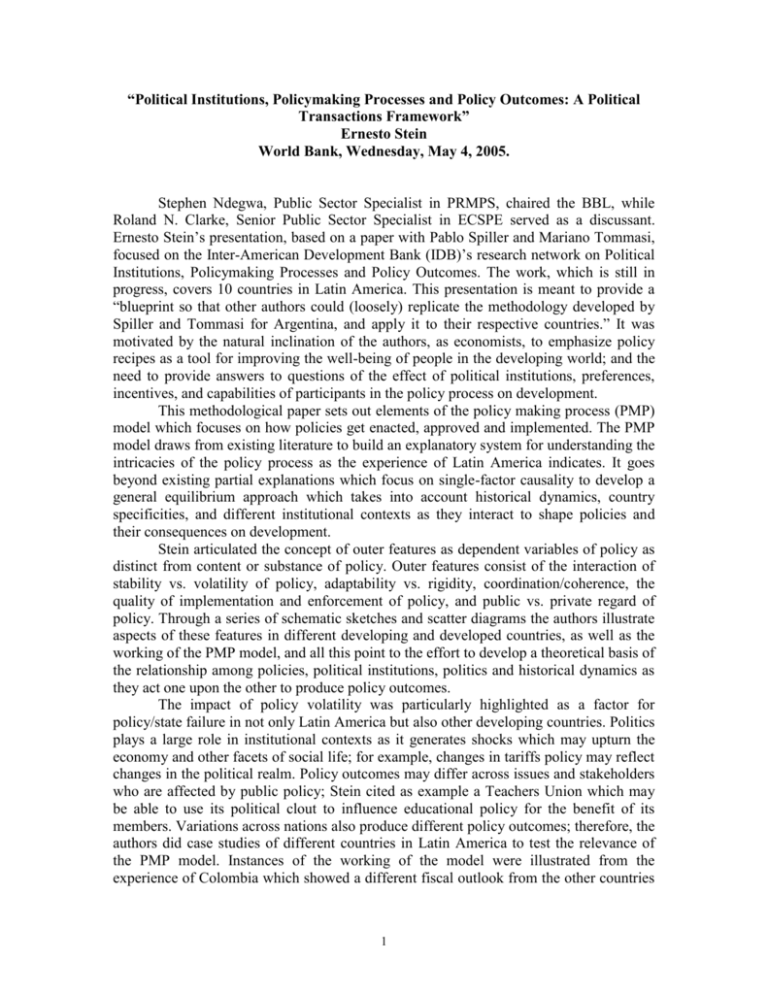
“Political Institutions, Policymaking Processes and Policy Outcomes: A Political Transactions Framework” Ernesto Stein World Bank, Wednesday, May 4, 2005. Stephen Ndegwa, Public Sector Specialist in PRMPS, chaired the BBL, while Roland N. Clarke, Senior Public Sector Specialist in ECSPE served as a discussant. Ernesto Stein’s presentation, based on a paper with Pablo Spiller and Mariano Tommasi, focused on the Inter-American Development Bank (IDB)’s research network on Political Institutions, Policymaking Processes and Policy Outcomes. The work, which is still in progress, covers 10 countries in Latin America. This presentation is meant to provide a “blueprint so that other authors could (loosely) replicate the methodology developed by Spiller and Tommasi for Argentina, and apply it to their respective countries.” It was motivated by the natural inclination of the authors, as economists, to emphasize policy recipes as a tool for improving the well-being of people in the developing world; and the need to provide answers to questions of the effect of political institutions, preferences, incentives, and capabilities of participants in the policy process on development. This methodological paper sets out elements of the policy making process (PMP) model which focuses on how policies get enacted, approved and implemented. The PMP model draws from existing literature to build an explanatory system for understanding the intricacies of the policy process as the experience of Latin America indicates. It goes beyond existing partial explanations which focus on single-factor causality to develop a general equilibrium approach which takes into account historical dynamics, country specificities, and different institutional contexts as they interact to shape policies and their consequences on development. Stein articulated the concept of outer features as dependent variables of policy as distinct from content or substance of policy. Outer features consist of the interaction of stability vs. volatility of policy, adaptability vs. rigidity, coordination/coherence, the quality of implementation and enforcement of policy, and public vs. private regard of policy. Through a series of schematic sketches and scatter diagrams the authors illustrate aspects of these features in different developing and developed countries, as well as the working of the PMP model, and all this point to the effort to develop a theoretical basis of the relationship among policies, political institutions, politics and historical dynamics as they act one upon the other to produce policy outcomes. The impact of policy volatility was particularly highlighted as a factor for policy/state failure in not only Latin America but also other developing countries. Politics plays a large role in institutional contexts as it generates shocks which may upturn the economy and other facets of social life; for example, changes in tariffs policy may reflect changes in the political realm. Policy outcomes may differ across issues and stakeholders who are affected by public policy; Stein cited as example a Teachers Union which may be able to use its political clout to influence educational policy for the benefit of its members. Variations across nations also produce different policy outcomes; therefore, the authors did case studies of different countries in Latin America to test the relevance of the PMP model. Instances of the working of the model were illustrated from the experience of Colombia which showed a different fiscal outlook from the other countries 1 surveyed as a result of a greater degree of independence granted the country’s central bank. This had resulted in better policy outcomes. Other examples of different policy outcomes were provided from Brazil, Venezuela, Paraguay, Mexico, etc. In all this, the configuration of politics and other realities combine to affect policy outcomes and have far reaching consequences for governance and development. The authors are also concerned in large measure with how political institutions influence policy outcomes. This includes the executive, legislative and even the judicial arms of government, among other public institutions/civil society actors, as they impact policy. Constitutional issues are also raised in the analysis of the effect of institutions on the policy process and the consequences on development. The presentation involved detailed illustrations of country cases/data from Colombia; how the PMP functions in Brazil; and also suggestions on how countries can maintain policy stability but at the same time recognize the important role of change and the dynamics of politics as they influence the policy process and policy outcomes. Stein’s presentation was followed by response from a discussant and then a Question and Answer session. Clarke asked the extent to which the model could be applicable to analysis of the formal vis-à-vis informal sectors of different countries’ economy; also asked where the state could be located in the model, and the nature of the state and how that may impact upon policy and outcomes. Stein responded that more insights on these questions could be garnered from a closer look at the background papers and country work that is embedded in the work; for example, different policy outcomes could be found between say, Colombia and Mexico arising from the differences in the nature of the state and historical specificities. Among the responses in the Q&A sessions was the question of how the model could be operationalized in such a way that state leaders and other stakeholders are stimulated to adopt good ideas; another respondent was concerned about how empirical data could be generated to back up the model and its assumptions; yet another commented on the work with regard to the difference he sees between Bank-type (i.e. World Bank) political economy analysis and academic political economy. Another respondent disagreed with Stein and doubts whether the study has been able to influence thinking in Chile as pattern of policy outcome in Chile do not reflect elements of the PMP. Stein responded that there is still a great need for “institutional engineering” in Chile, and that the case was the same policy recipes may work differently in different countries. Yet another respondent felt that the outer features do not seem to add anything new to knowledge. He indeed argued that the discussion of outer features “seem to add a lot of noise in your model” and suggested that Stein could discard them and think of other elements or he could strengthen them and make them capture the reality in different countries. He insisted that outer features as they stand bring nothing new to the table of intellectual or policy discourse. The Q&A and presenter’s responses were rounded off with closing remarks by Dr Stephen Ndegwa who indicated that the paper reflected some new thinking which should be of interest to Bank policy staff; and he, on his part, raised the need for more insights on the implication of outer features for policies, e.g., sectoral policies. 2

